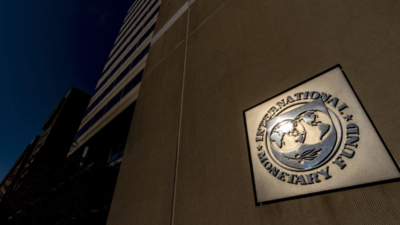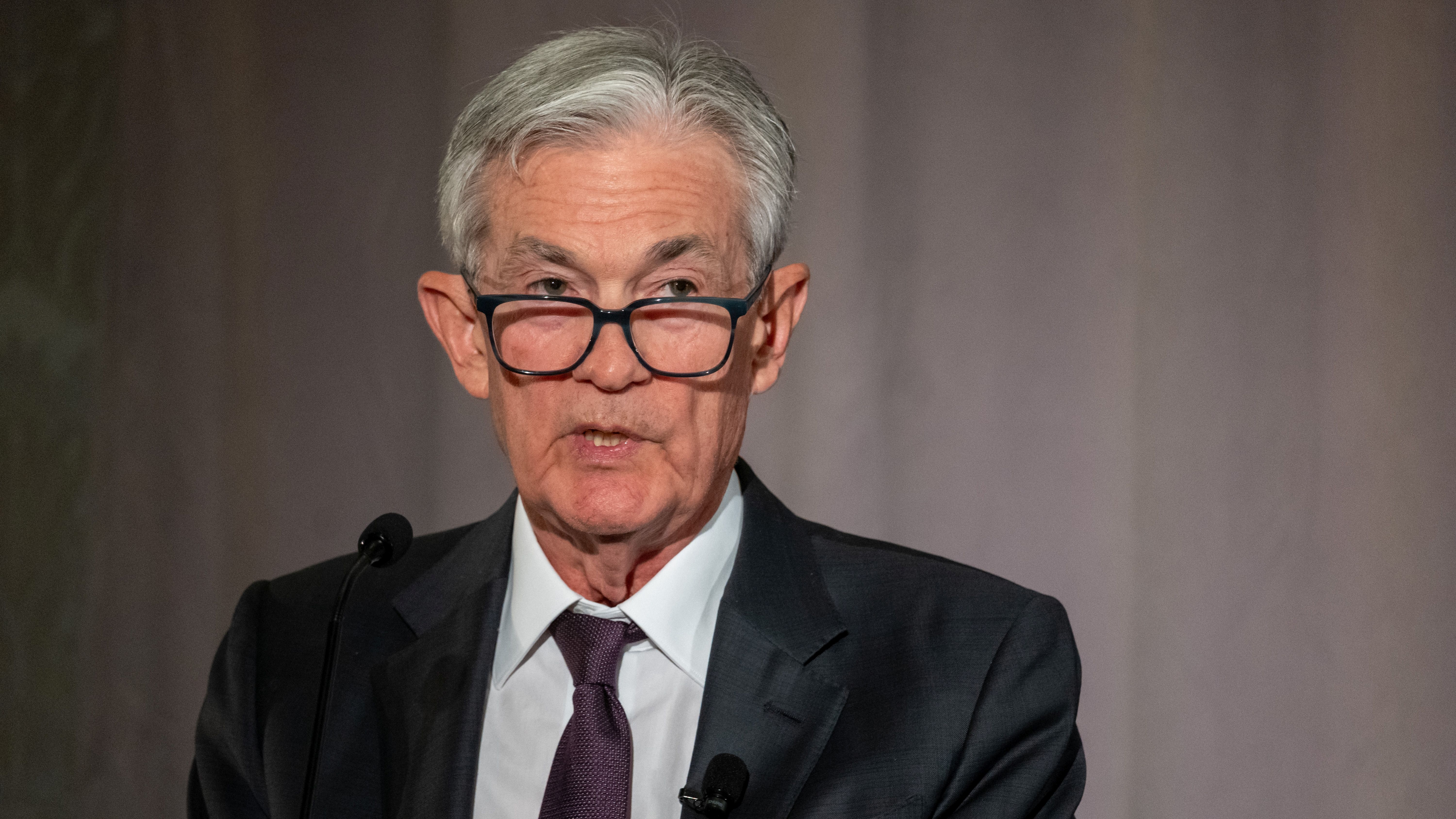UK Inflation Drops Again: A Potential Shift in Economic Policy

LONDON The latest figures released by the Office for National Statistics indicate that inflation in the United Kingdom has experienced a notable decline for the second consecutive month in March. This decrease, primarily attributed to falling fuel prices, raises the likelihood that the Bank of England will consider cutting interest rates in its upcoming meeting next month.
According to the official data, consumer prices rose by 2.6% in the year leading up to March, a decrease from 2.8% reported in February. Economists had anticipated a more modest drop, forecasting a reduction to 2.7%. This significant decline suggests a shift in the economic landscape, prompting discussions about the potential for monetary policy changes.
Despite this positive trend, inflation remains above the Bank of England's target of 2%. Analysts predict that inflation may rebound to over 3% in April, driven by a combination of factors including increased domestic energy costs and the anticipated impact of higher taxes. Additionally, labor costs for businesses are expected to rise, leading many companies to pass these expenses onto consumers, thereby contributing to inflationary pressures.
Nonetheless, there is growing consensus among economists that the Bank of England can afford to lower its key interest rate, currently set at 4.50%. The peak of inflation is now believed to be lower than previously estimated. Economic policies, particularly those enacted by U.S. officials during the Trump administration, have had a ripple effect, influencing global growth and subsequently affecting prices. One of the most notable outcomes of Trump's tariff policies has been a decline in oil prices, which are projected to exert a deflationary influence.
An interest rate cut in May looks increasingly nailed on, and the path to more easing in the second half of the year is getting clearer, remarked Luke Bartholomew, the deputy chief economist at Aberdeen Asset Management. His comments reflect a growing optimism in the financial community regarding the Bank of Englands potential shift in policy.
It is important to note that inflation rates have significantly decreased from the peaks observed in previous years. This trend is largely a result of central banks worldwide, including the Bank of England, dramatically increasing borrowing costs from near-zero levels during the COVID-19 pandemic. Initially, inflation surged due to supply chain disruptions, followed by spikes in energy costs due to geopolitical tensions, notably Russia's invasion of Ukraine.
As inflation rates continue to fall from the multidecade highs experienced in recent years, central banks, including the U.S. Federal Reserve, have begun to cut interest rates. However, few economists expect interest rates to revert to the ultra-low levels seen in the years following the 2008-2009 financial crisis and during the pandemic.
Since August, the Bank of England has reduced its main interest rate from a 16-year high of 5.25% on three separate occasions. The most recent cut occurred in February, demonstrating a responsive approach to the evolving economic conditions.























